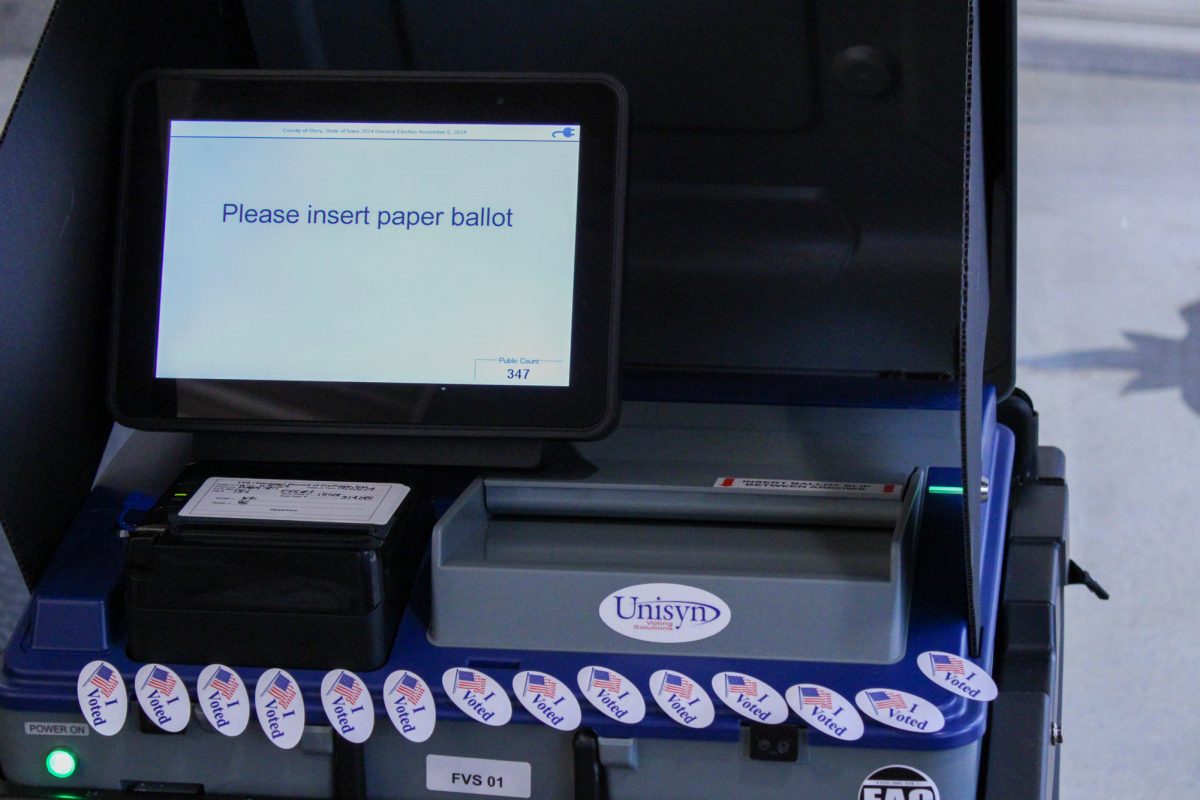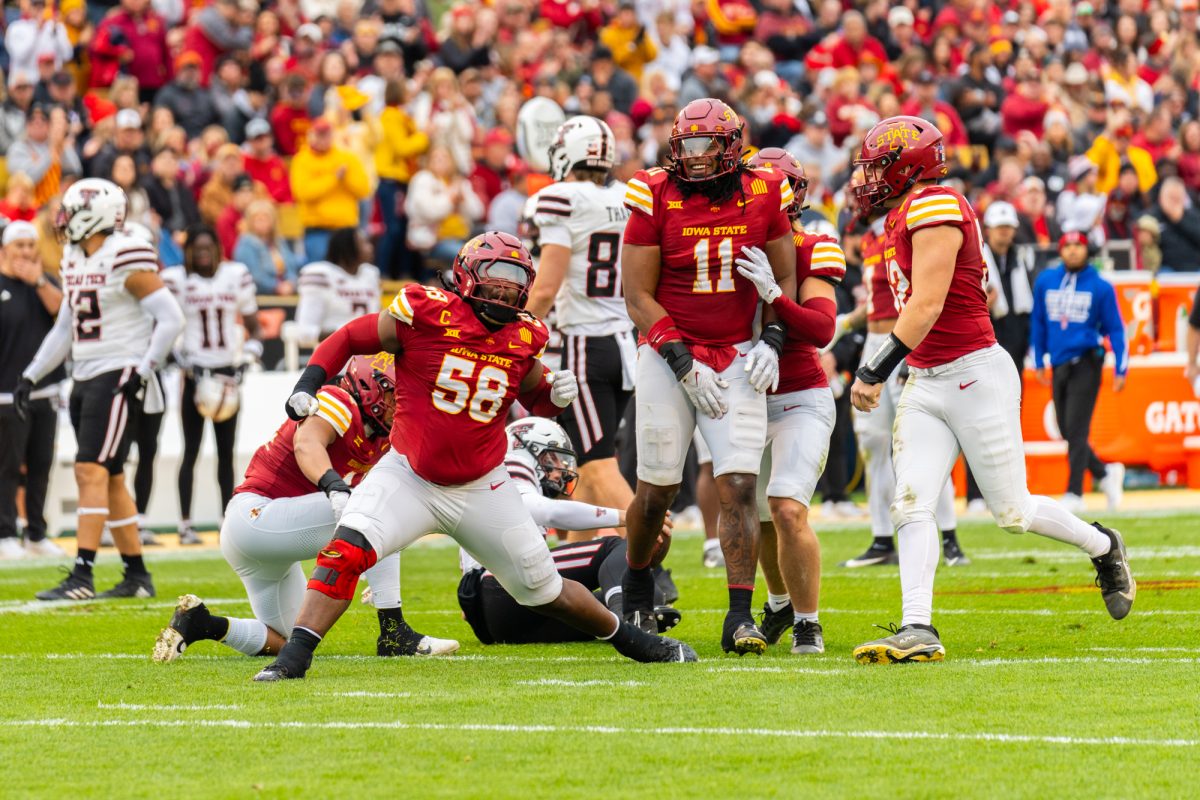The paintings of Lee Krasner
March 9, 2000
While well-known for being married to painter Jackson Pollack, Lee Krasner was an exceptional artist in her own right. She may finally be getting her due.
The Des Moines Art Center is hosting an exhibit featuring Krasner’s abstract expressionist pieces until May 21. The 58-piece exhibit spans 51 years of her career.
This is the first traveling exhibition since Krasner’s death in 1984. The Des Moines Art Center is one of four hosts to the exhibit.
Jeff Fleming, curator of the Des Moines Art Center, said they were enthusiastic about hosting the Krasner exhibition.
“We were asked to donate a piece for the tour, and then got on board,” Fleming said.
The pieces are presented chronologically, beginning with a self portrait from 1930, which Krasner submitted to the National Academy of Design. The exhibit follows the changing artistic styles and moods of Krasner. Pieces range from her academic work, to avant-garde pieces.
Krasner was the only female painter associated with the first generation of the New York School. Although somewhat overshadowed in the early years, because she was a woman and married to Pollack, Krasner eventually made a name for herself. Krasner’s pieces represent a search to discover herself, as well as her own feminist beliefs.
Krasner used her entire body in some of her creations. In one series, “Umber and White Series,” the black, white, and brown colors are sprawled on oversized canvases. The series was created after both her mother and Pollack died. The series was painted entirely at night, while Krasner was suffering from insomnia.
Krasner’s pieces vary from paintings to collages of old drawings that were cut and reconstructed to make new art.
“Krasner was always reinventing and changing herself,” Fleming said. “That makes her exciting as an artist.”
Pollack has become one of the more revered artists of the twentieth century.
Although a multi-talented painter and sculptor, Pollack is most often associated with works from his “drip” period, frantic splatter-paintings on large canvases.
Fleming said that while Krasner and Pollack influenced each other over the years, they always maintained a level of professional courtesy.
“They had a sharing of ideas,” Fleming said. “They equally influenced each other, although neither one went into the other’s studio without invitation.”
Fleming added that Krasner and Pollack never spoke with each other about work, and they kept separate artistic identities.
The Des Moines Art Center is open to the public Tuesday, Wednesday and Saturday from 11 a.m. to 4 p.m., Thursday and the first Friday of the month from 11 a.m. to 9 p.m., and Sunday from noon to 4 p.m. The museum is closed on Monday. The Des Moines Art Center is located at 4700 Grand Avenue.






